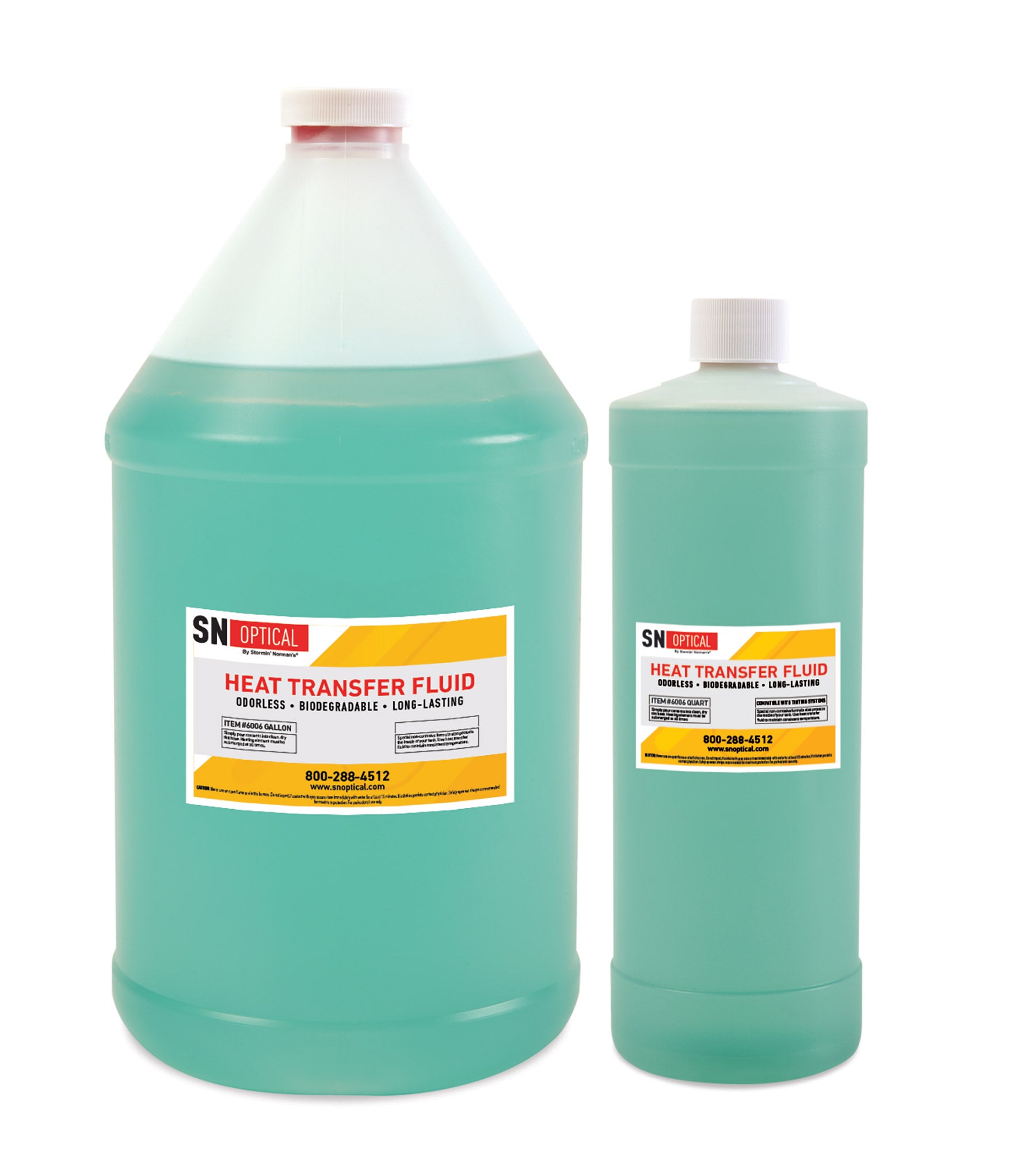Trick Advantages of Using a High-Performance Heat Transfer Fluid
Trick Advantages of Using a High-Performance Heat Transfer Fluid
Blog Article
Why Warm Transfer Fluid Is Essential for Optimizing Power Transfer in Equipment
The function of warm transfer liquids in enhancing energy transfer is critical for accomplishing effective thermal administration across various commercial sectors. These fluids help with smooth heat exchange, making sure procedures operate within optimal temperature ranges and alleviating the danger of overheating.

Duty in Thermal Monitoring
Warmth transfer liquids play a crucial role in thermal monitoring by effectively managing temperatures in various industrial processes and systems. These specialized fluids help with the transfer of warm in between different components, guaranteeing ideal operating problems and avoiding overheating. By preserving specific temperature level control, warm transfer liquids enable industries such as chemical production, oil and gas, and power generation to run securely and effectively.
The choice of an ideal warmth transfer liquid depends on a number of factors, consisting of thermal security, warmth capacity, and viscosity. High thermal security makes sure that the liquid can endure extreme temperatures without breaking down, while a high warmth capacity allows it to soak up and release considerable quantities of heat - heat transfer fluid. Reduced thickness minimizes the power needed for pumping, adding to overall system performance
Additionally, warmth transfer liquids are indispensable in applications like refrigeration, where they assist absorb and dissipate warmth during the cooling cycle. In solar thermal energy systems, these liquids capture and transportation solar warmth to produce electricity or provide warm water. Their adaptability to diverse operating conditions and capacity to preserve constant thermal performance emphasize their relevance in industrial thermal management, promoting functional continuity and enhancing precaution.

Enhancing System Effectiveness
To take full advantage of the benefits of thermal administration, boosting system performance through the calculated usage of heat transfer fluids is extremely important. By keeping optimal temperature levels, heat transfer liquids help make sure that systems run within their developed parameters, thereby protecting against getting too hot and decreasing the threat of element failing.

Sorts Of Heat Transfer Liquids
The variety of warm transfer liquids underscores their essential function in a variety of industrial applications, each customized to satisfy particular thermal management requirements. These liquids promote reliable power transfer and are picked based upon crucial buildings such as thermal security, thickness, and warm capability. The main kinds consist of water, glycol remedies, oils, and synthetics, each anchor offering distinct benefits.
Water is the most common heat transfer medium because of its high particular heat capability and reduced price. Its use is limited by its cold and steaming points. Glycol combinations, usually utilized in HVAC systems, offer a reduced freezing point, including flexibility in different climates. Mineral oils are favored for their thermal stability and non-corrosive nature, making them appropriate for high-temperature applications.

Artificial fluids, including silicone and aromatic compounds, offer remarkable thermal security and are utilized in environments demanding severe temperature level varieties. These fluids guarantee exceptional performance in systems where typical fluids may fail. The selection of a heat transfer fluid is crucial, as it influences system performance, safety, and longevity. Each kind needs to be chosen to straighten with the operational needs and the certain problems of the application it offers.
Environmental and Economic Conveniences
Making use of the right warmth transfer fluids supplies considerable environmental and economic benefits for industrial operations. By picking fluids with remarkable thermal stability and high warm ability, industries can boost energy efficiency, causing reduced fuel usage and reduced greenhouse gas exhausts. This adds to a smaller carbon footprint and lines up with global sustainability objectives. Environmentally friendly warm transfer liquids, often naturally degradable and non-toxic, lessen the danger of soil and water contamination in case of leakages or spills, thus safeguarding ecological communities and following strict environmental policies.
Economically, the ideal warmth transfer liquid can considerably lower operational expenses. Efficient warm transfer lowers energy expense, bring about lower energy bills and improved productivity. Fluids with prolonged lifecycle efficiency lower the frequency of replacements and maintenance, minimizing downtime and linked prices. Purchasing top quality liquids can additionally minimize the risk of equipment rust and failing, staying clear of costly fixings and expanding the lifespan of crucial facilities. In open markets, these financial savings and performances provide a distinct advantage, enabling business to allot sources better and buy further innovation. Overall, the strategic use of optimal heat transfer fluids supports sustainable financial development and ecological stewardship.
Selecting the Right Fluid
How does one browse the intricate process of selecting the important link appropriate heat transfer fluid for industrial applications? Thermal security guarantees the liquid can hold up against high temperatures without breaking down, while compatibility prevents rust or various other destructive reactions with system components.
Furthermore, the fluid's heat capacity and thickness are extremely important. A high warm capability enables the fluid to soak up and move more energy, boosting performance.
Final Thought
The critical option wikipedia reference and application of warmth transfer fluids are fundamental to optimizing power transfer across numerous systems. By ensuring high thermal security and ability, these fluids give accurate temperature control and boost general system efficiency.
Report this page